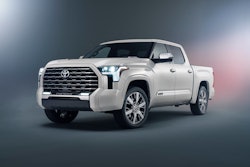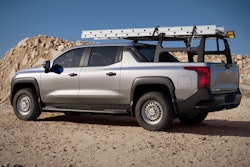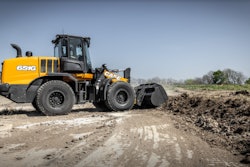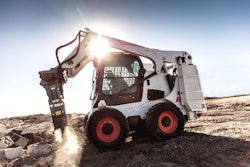Sometimes, a charging solution is kind of an afterthought in the process of converting a commercial fleet to electric vehicles.
“The right strategy can mean the difference between saving up to half on fuel costs, or costing even more,” said Darren Palmer, general manager Ford battery electric vehicles.
For the electric vehicles that means controlling how long and how fast the E-Transits, F-150 Lighting Pros or other vehicles are charged.
Solutions will vary based on locations and applications. Via Ford Pro Charging, Ford offers a complete package from surveying drivers and getting chargers installed in their homes or designing temporary charging sites or complicated depot locations for hundreds of E-Transits, Ford F-150 Lightning Pros and other Ford and non-Ford vehicles. Through the app, the company can even extend financing options as part of its one-stop shop experience.
“These are tailor-made solutions based on industry standards to make sure that our commercial customers are covered and are able to accelerate their productivity with electrification,” said Joel Torr manager Ford Pro Charging.
Ford Pro Charging was built to provide end-to-end solutions for commercial business fleets, whether they charge at home, in public or at a depot. “It is designed from the ground up to make the fleet manager's life easy,” said Muffi Ghadiali, general manager of Ford Pro Charging. As with the vehicle telematics provided by Ford Pro Intelligence, data from the chargers are treated in much the same way. All the chargers are cloud-connected through cellular systems like the phones in your pockets.
“Our dashboard is designed precisely for this, to simplify the process, minimize the guesswork and maximize efficiency,” Ghadiali said. “Behind the scenes, Ford Pro Charging is making sure that every vehicle is charged and ready, while keeping the energy costs as low as possible. This algorithm operates in real time, observing the entire fleet and calculating the needs for individual vehicles.”










